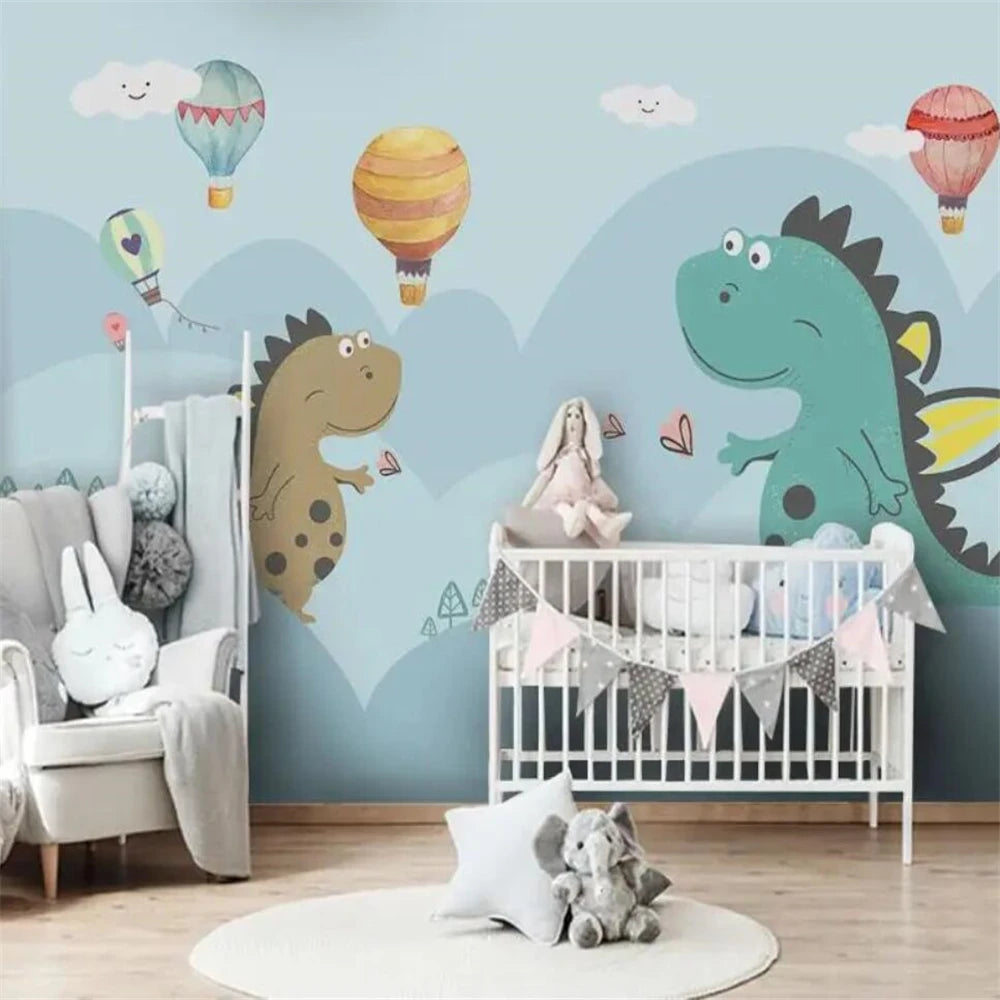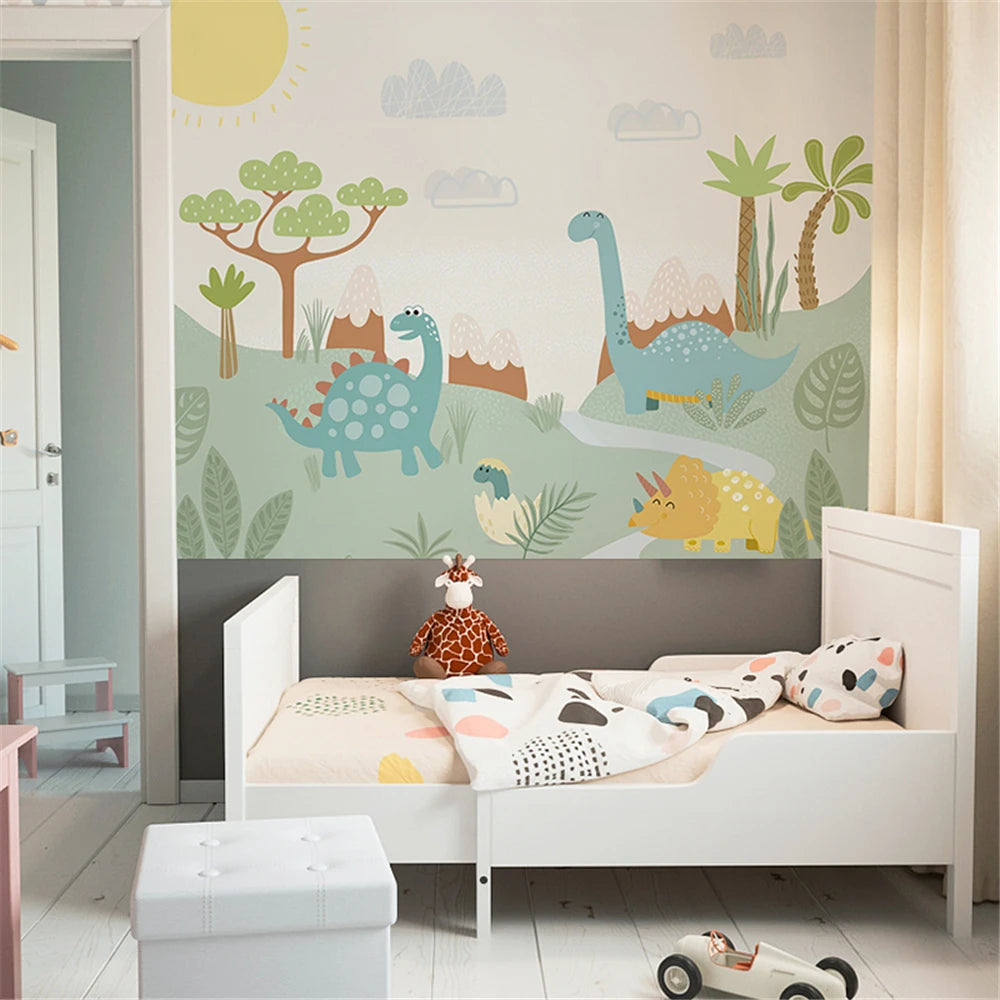How To Make a Paper Tree For Classroom Wall
How to Make a Paper Tree for Classroom Wall
How to Make a Paper Tree for Classroom Wall
Create a Paper Tree
To make a paper tree for your classroom wall, you will need a few basic materials. Start by gathering green construction paper, brown construction paper, scissors, glue, and any additional decorations you would like to add, such as colorful leaves or glitter.
Cut the green construction paper into strips of varying lengths. These will serve as the branches and leaves of the tree. Cut the brown construction paper into a trunk shape and glue it to the wall. Then, begin attaching the green strips to the trunk, layering them to create a dimensional effect. Finally, add any decorations you desire to make the tree more visually appealing.
Choosing the Right Location
When deciding where to place your paper tree on the classroom wall, consider the height of the students. You want to make sure that the tree is easily visible and accessible for everyone. Additionally, try to choose a spot that won't obstruct any important information or other visuals in the classroom.
By placing the paper tree in a central location, you can create a focal point for the room and encourage student engagement. This will make it easier for everyone to interact with the tree and for you to incorporate it into your lessons or activities.
Remember to leave some empty wall space around the tree so that it stands out and doesn't appear cluttered. This will help draw attention to the tree and make it a more captivating feature in the classroom.
Using the Paper Tree as a Learning Tool
The paper tree can serve as a versatile learning tool in the classroom. You can use it to teach lessons on seasons, plants and trees, or even as a visual representation of the passage of time.
For example, you can attach different colored leaves to the branches to represent the changing seasons. As the year progresses, students can observe the tree and discuss the changes they notice, such as the leaves turning from green to red, yellow, or orange.
You can also incorporate the paper tree into science lessons by discussing the different parts of a tree and their functions. Have students label the trunk, branches, leaves, and roots to reinforce their understanding of plant anatomy.
Add a Personal Touch
To make your paper tree even more special, consider adding a personal touch. Encourage students to create their own leaves out of construction paper and write their names or a positive message on them.
This personalization not only adds a sense of ownership to the tree but also creates a welcoming and inclusive environment for all students. It allows them to showcase their creativity and individuality, fostering a sense of pride in their contributions to the classroom decoration.
Incorporating Themes and Events
Another way to enhance the paper tree is by incorporating different themes or events throughout the year. For example, during holidays, have students create themed decorations to hang on the branches. This can include hearts for Valentine's Day, snowflakes for winter, or flowers for spring.
You can also use the paper tree to celebrate students' achievements. Add leaves to the branches with their names and accomplishments, such as completing a challenging assignment or showing improvement in a particular area.
By using the paper tree as a way to commemorate special moments, you can create a sense of unity and celebration within your classroom community.
Conclusion
The paper tree is a wonderful addition to any classroom wall. It not only adds visual interest but also serves as a versatile learning tool and a way to foster creativity and inclusivity among students. By following these simple steps and incorporating personal touches and themes, you can create a paper tree that is both educational and engaging. Whether you use it to teach lessons on seasons or as a way to celebrate student achievements, the paper tree is sure to become a beloved feature in your classroom.








